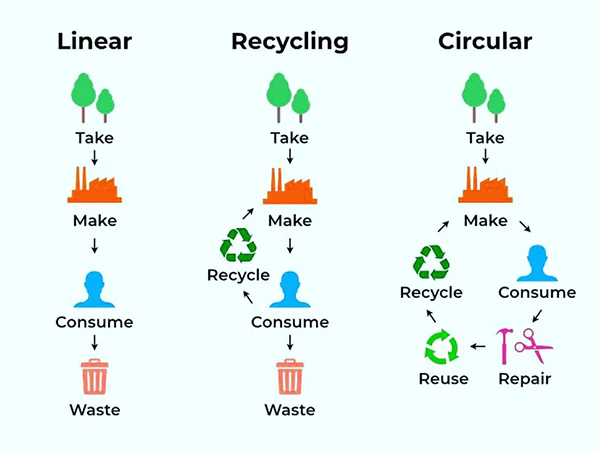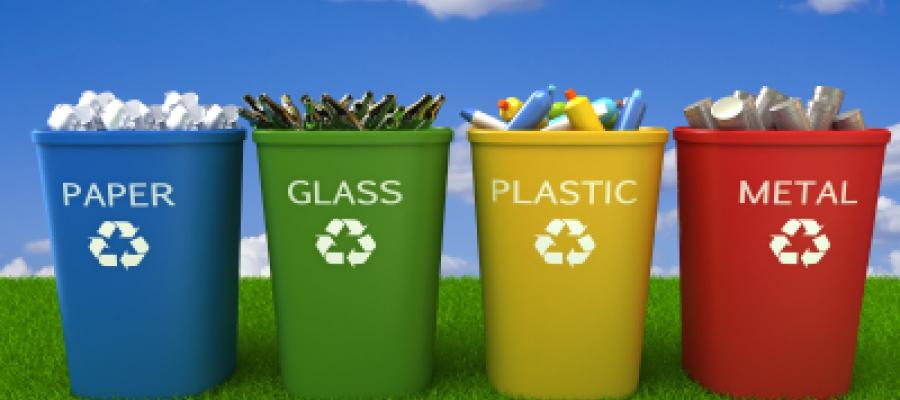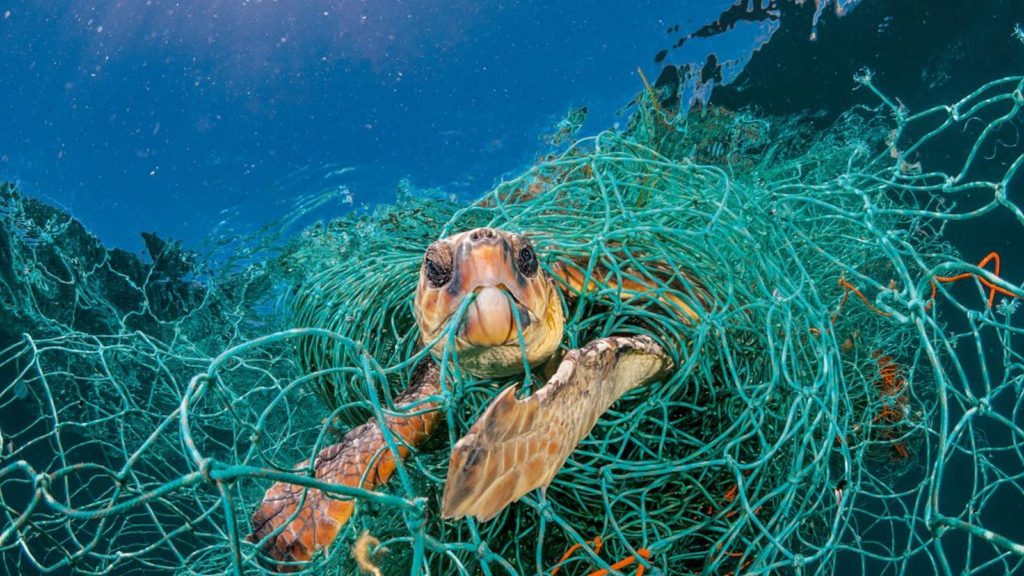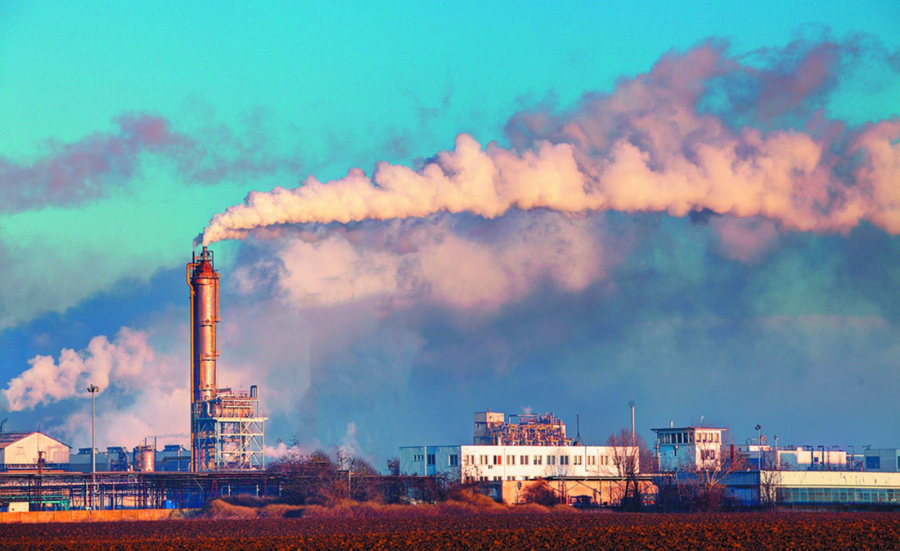Plastic-Free Progress: Embracing Daily Eco-Gestures for a Greener Tomorrow
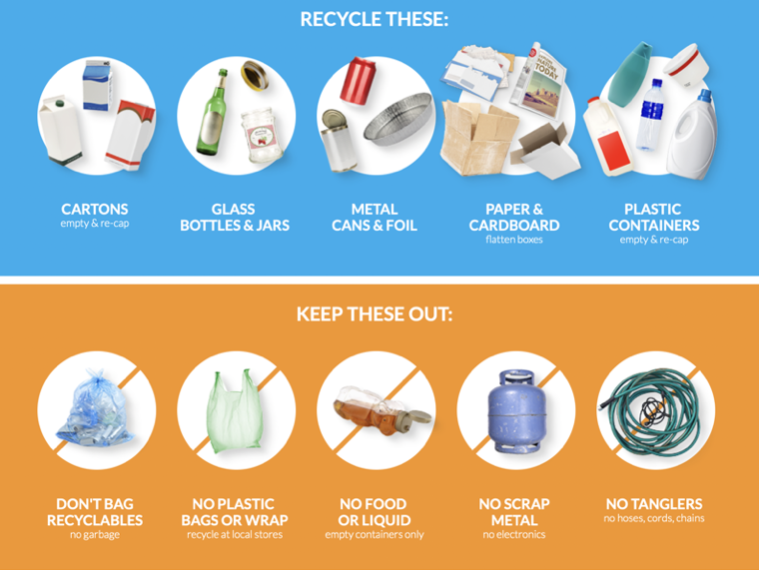
No Plastic Challenge: A simple eco-gesture every day to reduce our plastic consumption
Plastic production has increased 20 times in 50 years, according to the World Economic Forum.
The NoPlasticChallenge is back for its sixth edition. For a month, citizens, businesses and voluntary NGOs pledge to reduce their plastic consumption. This year, the event takes place in a particular context: Chicago welcomes 175 States to make progress on an international treaty against plastic pollution.
Ready? Let’s go! The NoPlasticChallenge operation – launched by the NGO No Plastic in my Sea – is back for the sixth consecutive year. The objective: to adopt a different eco-gesture every day during this period, in order to reduce our plastic consumption.
Created a few years ago by citizens in love with the sea, the association certainly supports the collection of waste on the beaches, but it also proposes to act at the source. Understand: at the level of the production and consumption of plastic.
400 organizations signed up for the NoPlasticChallenge
Eco-gestures are relayed this year by some 400 organizations (companies, communities, sports clubs, etc.) across Illinois. Schools – represented by teachers but also by class eco-representatives – also participate in the NoPlasticChallenge, whether during the highlight of the operation or at other times of the year. An online questionnaire also allows everyone to assess their plastic footprint in just a few minutes.
If the concept has not changed since its launch in 2018, the NoPlasticChallenge opens this year in a particular context. Chicago will welcome 175 States to progress on the content of an international treaty against plastic pollution which will be definitively completed at the end of 2024. This 2nd phase of negotiation is essential, because it will make it possible to work on the major options of this treaty and to draw the ambition of the text, underlines the association in a press release.
International treaty against plastic pollution: what are the stakes of the negotiations
The health risks associated with exposure to plastic
For its 5th edition in 2022, the association had decided to focus on the health issue, because several recent studies had shown the presence of microplastics and nanoplastics (plastic particles whose size is respectively of the order of millionth and billionth of a meter) in the human body. Compounds from plastic waste, but also plastic particles in the air, resulting for example from the friction of tires on the roads… To better navigate among the scientific studies devoted to the effects of plastic on our health, the NGO had produced a summary accessible online.
This non-exhaustive summary, based on reports from the International Pollutants Elimination Network (IPEN), the Plastic Soup Foundation, organizer of the annual Plastic and Health congress, and the Center for International Environmental Law (CIEL) and listing studies published in recognized scientific journals, drew up an alarming assessment.
According to the various studies analyzed, exposure to micro and nano plastics, as well as to their chemical additives, can have inflammatory effects and disruptive effects on the endocrine, digestive, respiratory and immune systems, with significant risks in terms of terms of pathologies, reduced fertility, and even neuro-developmental damage (development of the nervous system of babies and children, Editor’s note).
Fortunately, the NGO already noted an awareness and a “change of scale at European level”. Indeed, the European Union was then in the process of banning entire families of chemical substances that are very widespread but harmful to health, such as the group of PVCs, plastics used in a wide range of products (toys, food packaging, textiles , shoes, furniture….), as well as their additives – phthalates, PFAS, heavy metals.
5 eco-actions to adopt now to reduce plastic
If an eco-gesture will be highlighted every day, here are already 5 ideas of behaviors to adopt today to protect the planet while taking care of our health:
- Always carry a water bottle with you. Plastic bottles are the number one single-use item of waste found on beaches in the European Union. Some schools have included the water bottle in the list of school supplies: a very good idea!
- Ventilate the rooms. A gesture that we talk a lot about in relation to the Covid, but which also represents an eco-gesture allowing to evacuate the plastic in suspension in the air.
- Buy food in bulk as much as possible. Failing this, favor recyclable and/or eco-design packaging.
- Do not reheat dishes in a plastic container. With heat, plastic particles can migrate into food.
- In companies, provide cups for employees. Cardboard cups contain a thin layer of waterproofing plastic, which is currently non-recyclable.
the cost of renting a dumpster in Chicago
it is a good idea for Chicago residents to rent a dumpster when they have too much junk to discard in their home or office. Waste management companies providing these dumpster rental services will make sure they all the trash will be sent to a recycling facility, for the part that is recyclable.
Renting a dumpster in Chicago comes with a range of costs that depend on several factors. The primary variables that influence the cost of dumpster rental include the size of the dumpster, the rental duration, the type of waste being disposed of, and any additional services required.
For smaller projects like home cleanouts or small renovations, a 10 to 15 cubic yard dumpster might be sufficient, with costs typically ranging from $250 to $400 for a week-long rental. Larger projects, such as major renovations or construction, may necessitate a 20 to 40 cubic yard dumpster, which can cost anywhere from $400 to $800 or more for a week.
However, these costs are just the base rental fees. Additional charges might arise for exceeding weight limits, extending the rental period, or disposing of specific types of waste like electronics or hazardous materials. It’s essential to clarify these potential extra charges with the rental company upfront.
The choice of rental company can also impact the cost. Prices can vary between providers due to factors such as location, reputation, and included services like delivery and pickup. It’s advisable to gather quotes from several companies to compare costs effectively, such as Chicago Dumpster Rental Now and others.
Ultimately, the cost of renting a dumpster in Chicago is influenced by a blend of project specifics, rental terms, waste type, and chosen rental company. Careful consideration of these factors can help ensure an accurate budget estimate and a smoother waste disposal process.

